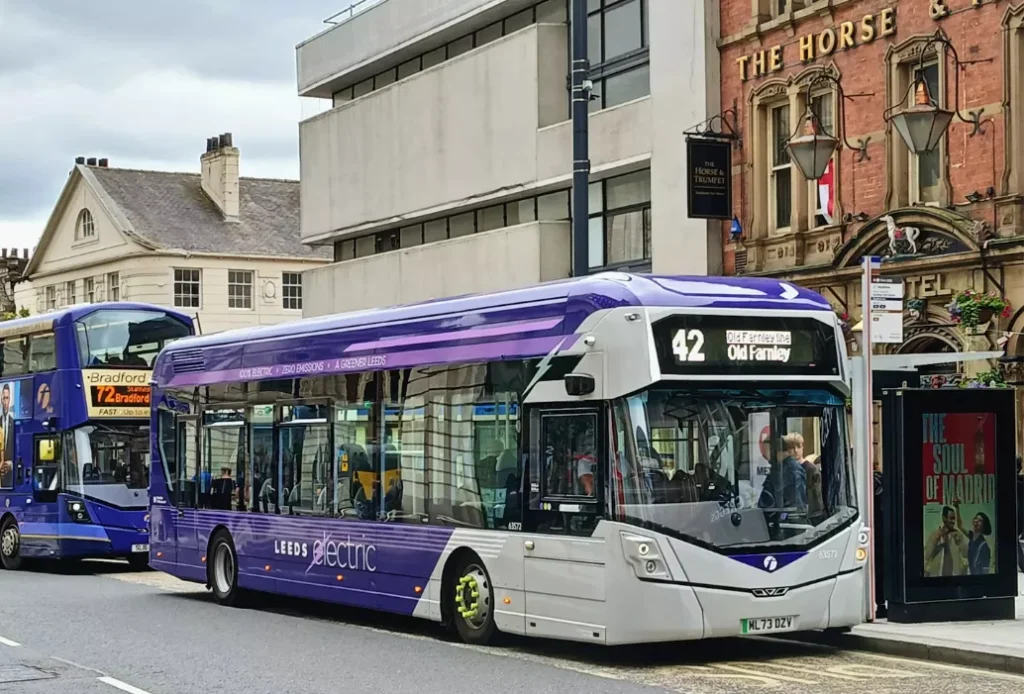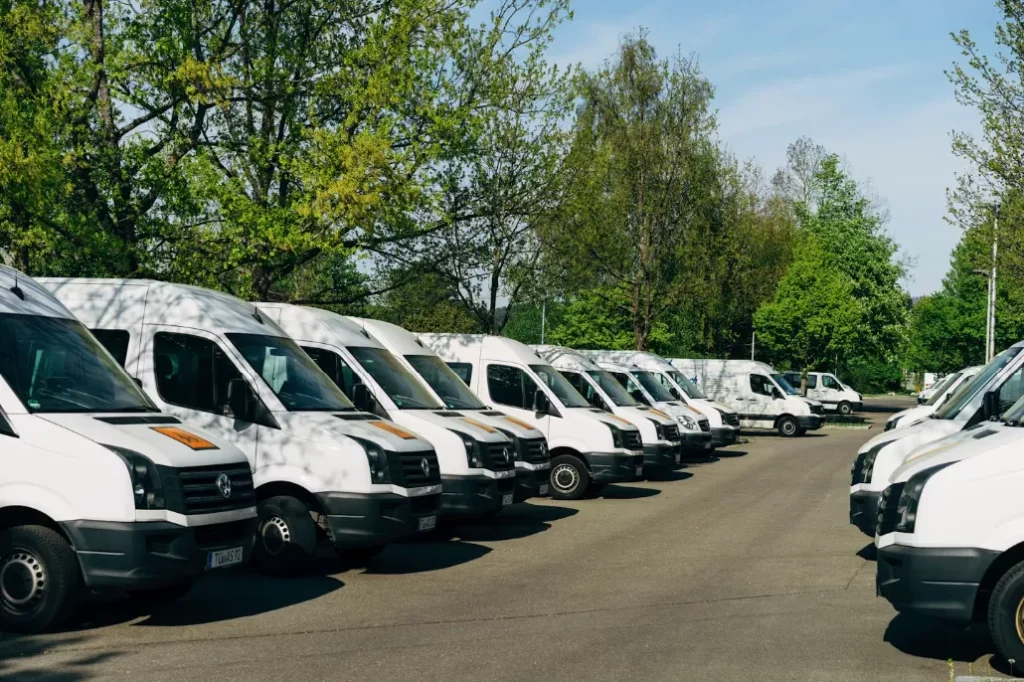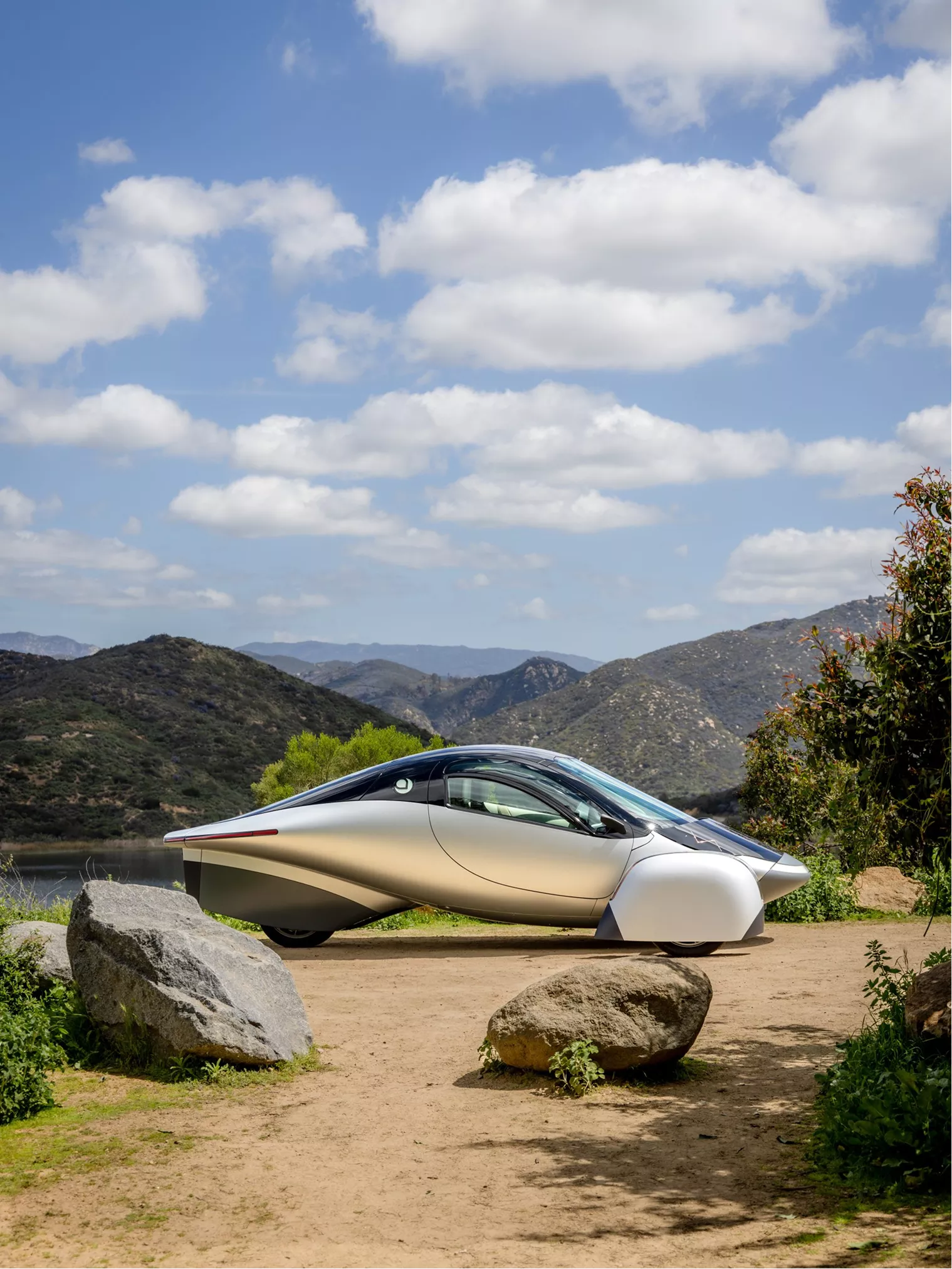








From EVs and batteries to autonomous vehicles and urban transport, we cover what actually matters. Delivered to your inbox weekly.
CATL is bringing sodium-ion batteries to commercial scale, with plans to begin mass production of its new Naxtra cells in December 2025. The move positions the company to challenge lithium iron phosphate (LFP) dominance in entry-level energy storage and electric vehicles.
The cells can charge to 80% in 15 minutes, reflecting a core design focus on fast turnaround and cold-weather reliability.
Sodium-ion’s appeal has long centered on raw material availability. Sodium sources are more abundant and geographically distributed than lithium, which remains subject to price swings and supply constraints. That makes sodium a compelling medium-term alternative for applications that don’t require the range or weight advantages of higher-end chemistries like NMC or solid-state.
Right now, cost remains the inhibitor. CATL says sodium-ion production still costs twice as much as comparable LFP packs. But the company projects that with scale and better utilization of sodium’s abundant supply, the economics will catch up.
Zhang Yibo, CATL’s founder, believes sodium-ion could displace as much as half of LFP’s current applications over time.
CATL isn’t alone in the sodium-ion push — peer manufacturers are advancing variants in China and Europe — but Naxtra is the most detailed product-level rollout to date. With production slated for 2025, regulatory and customer onboarding will be the next hurdles.
Until now, sodium-ion has lived mostly in lab demos and forecasts. If CATL delivers on this timeline, it resets the practical ceiling for what battery chemistries can be manufactured at scale, especially when access to raw materials becomes a critical differentiator, not just a cost factor.